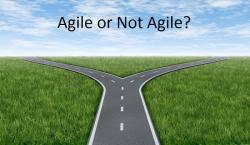There is a recurring myth in the IT industry that Agile projects do not require documentation, that giving stakeholders the opportunity to respond to fully functional software replaces that need altogether. This perception (or, more accurately, this misperception) often stems from a misunderstanding of the following statement in the Agile Manifesto (https://agilemanifesto.org):
” We have come to value…. Working software over comprehensive documentation”
The creators of the Agile Manifesto have clarified this statement numerous times, emphasizing the following qualifying condition at the end:
“That is, while there is value in the items on the right, we value the items on the left more.”
























